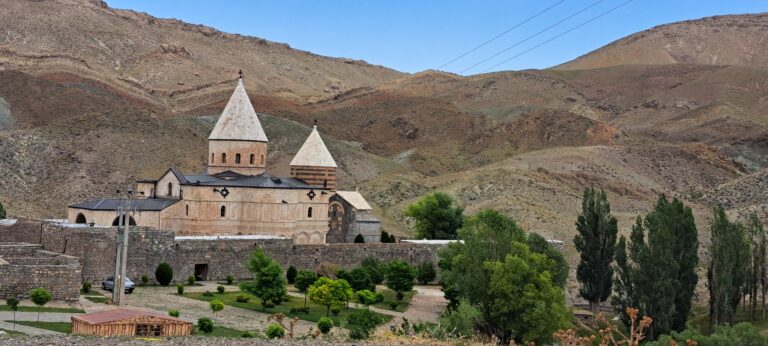You are going to listen to a challenging topic in Iran: Hijab. The history of Hijab in Iran is complex and controversial. Hijab is the traditional head covering worn by Muslim women for modesty for centuries. It has been a subject of cultural, religious, and political debates in Iran since the early 20th century. Here are some of the main events and changes that have shaped the history of Hijab in Iran:
In the 1920s, a few individual Iranian women started to appear unveiled, despite the cultural pressure to veil. They were influenced by the Westernization and modernization policies of Reza Shah, who came to power in 1925.
In 1936, Reza Shah banned Hijab for all Iranian women and girls over the age of 9. He enforced this law by using the police and the army to forcibly remove the veils of women in public. Reza Shah also encouraged women to participate in Persian education, work, and social activities without Hijab. He believed that Hijab was a sign of backwardness and oppression. Many Iranian religious and conservative Iranians opposed this law and resisted it in various ways. Some women stayed at home or wore hats instead of veils.
In 1941, Reza Shah was forced to abdicate by the British and Soviet invasion of Iran during World War II. His son, Mohammad Reza Pahlavi, became the new shah. He relaxed the ban on Hijab and allowed women to choose whether to wear it or not. However, he still favored Western-style clothing and discouraged Hijab. He also continued to promote women’s rights and education. Under his rule, Iran experienced rapid economic growth, social change, and cultural diversity.
In the 1970s, Hijab became a symbol of opposition to the Shah’s regime and a marker of Islamic identity for many Iranian women. Some of them were educated, middle-class, and urban women who had previously been unveiled. They were influenced by the Islamic revival movement that emerged in response to the Westernization and secularization of Iran. They saw Hijab as a way of expressing their faith, dignity, and resistance.
In 1981, Hijab became legally mandatory for all women and girls over the age of 9 in Iran. The law defined Hijab as covering the head, hair, arms, legs, ankles, body shape with loose-fitting clothing that does not attract attention or reveal skin color or hair color. The law also banned makeup, jewelry, perfume, nail polish, high heels, jeans, T-shirts, sunglasses, etc., for women in public places. It also specified different types of Hijabs for different occasions or professions (e.g., chador for religious ceremonies or teachers; manteau for students or workers; etc.). The law also applied to non-Muslim women who lived or visited Iran (e.g., Christians or foreigners). The law was enforced by moral police who patrolled the streets and checked women’s appearance and behavior.
Persian and Iran
Persian language is the official language of Iran, a country with a rich and diverse culture and history. Iran is home to many ancient civilizations, religions, and artistic traditions. Iran is also known for its natural beauty, from the mountains and deserts to the forests and seas. Learning Farsi language can help you discover the wonders of Iran and its people. You can learn about their beliefs, values, and customs. You can also enjoy their literature, music, and cuisine. One of the customs that you may encounter in Iran is the Hijab, which is a form of modest clothing that covers the head and body of women. The Hijab is a symbol of religious faith, social identity, and personal choice for many Iranian women. The Hijab can also be a way of expressing one’s style and personality. Learning Persian language can help you understand the meaning and diversity of the Hijab and respect the rights and preferences of those who wear it. Whether you are interested in Iran for its history, culture, or beauty, learning Persian language can enrich your experience and knowledge.
Let’s listen to the story of Hijab in Persian language and learn Persian through the experience of and Iranian woman who was forced to cover her hair for over 40 years. Let’s listen and learn Persian language and beyond.
I guess you need to listen to this Persian Podcast about the recent movement of Iranian women, called woman, life, freedom.
To visit Iranian people and learn about their culture and nature follow THIS LINK.
To learn Persian grammar, here you can find lessons on Persian Grammar.
Are you interested in learning Persian with music, HERE is where you can find many slow Persian songs with their lyrics.
Practice Dubbing the characters in Persian series HERE.
Listen to famous speeches from Iranian political figures, and learn about their mindset and a little bit of history through their talk HERE


